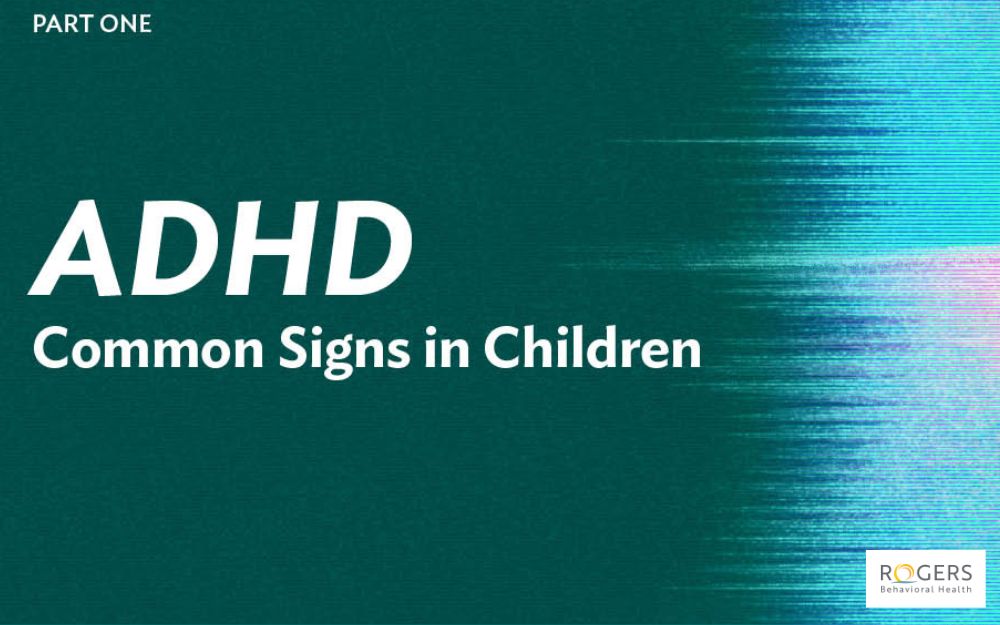What is borderline personality disorder (BPD)?
Posted on 08/24/23 12:20:pm
Share this article:
By Peggy Scallon, MD, DFAPA, DFAACAP, psychiatrist, medical director of Focus Depression Recovery Adolescent Residential Care at Rogers Behavioral Health in Oconomowoc.
Borderline personality disorder, or BPD, is a serious mental health condition which typically manifests in adolescence and is marked by an inability to manage emotions.
While an increase in mood swings, self-consciousness, impulsivity, and conflict with parents are pretty typical during teenage years, young people with BPD don’t experience those things at what would be considered a normal level. Instead, they have more persistent and pervasive mood changes and their behavior toward themselves and others is more dangerous.
Research suggests the cause of BPD is a combination of genetic and environmental factors. People who experience traumatic life events are more likely to develop the disorder, but people without trauma can also develop the disorder.
What are borderline personality disorder symptoms?
In order to be diagnosed with BPD, a person must display at least five of the following symptoms for at least a year and in more than one context, so not just at home, on the job, or at school, but in multiple areas of life:
- Frantic efforts to avoid abandonment (real or perceived)
- Unstable interpersonal relationships with family, friends, and loved ones
- Identity disturbance, unstable self-image
- Impulsivity in two or more areas
- Suicidal and self-mutilating behaviors
- Emotional instability due to a marked reactivity of mood
- Chronic feelings of emptiness
- Inappropriate intense anger or difficulty controlling anger
- Transient, stress-related paranoid ideation or dissociative symptoms, such as memory gaps or changes in perception
What does borderline personality treatment look like?
The good news is there’s effective, evidence-based treatment for BPD and the prognosis is generally very good, especially when it’s diagnosed early.
At Rogers, we use a combination of DBT (dialectical behavior therapy) -informed skills, and CBT, or cognitive behavioral therapy, to treat BPD. DBT was developed by psychologist Marsha Linehan to help treat symptoms of borderline personality disorder. There are four modules within DBT—mindfulness, interpersonal effectiveness, distress tolerance, and emotion regulation. DBT for borderline personality disorder helps patients increase compassionate, non-judgmental acceptance of themselves while learning how to better manage their lives. It helps patients react in a wiser, more effective manner, even if feeling distressed.
CBT is a learning-based treatment focused on changing the way patients behave and how they think. The basis of CBT is that our thoughts, emotions, and behaviors are interrelated, so by changing negative thought and behavioral patterns to be more positive, maladaptive emotions and behaviors can also change. Rogers also uses medication management if someone is experiencing co-occurring depression or anxiety.
A diagnosis of BPD offers clarity and oftentimes, when learning about BPD, patients say things like, “That makes a lot of sense.” We’re able to share skills and healthy coping strategies for managing difficulties and offer hope. BPD is very treatable, especially when patients are young and haven’t experienced a lifetime of the negative effects of their illness.
Where can someone learn more about BPD?
The National Education Alliance for Borderline Personality Disorder and NAMI are excellent resources.



